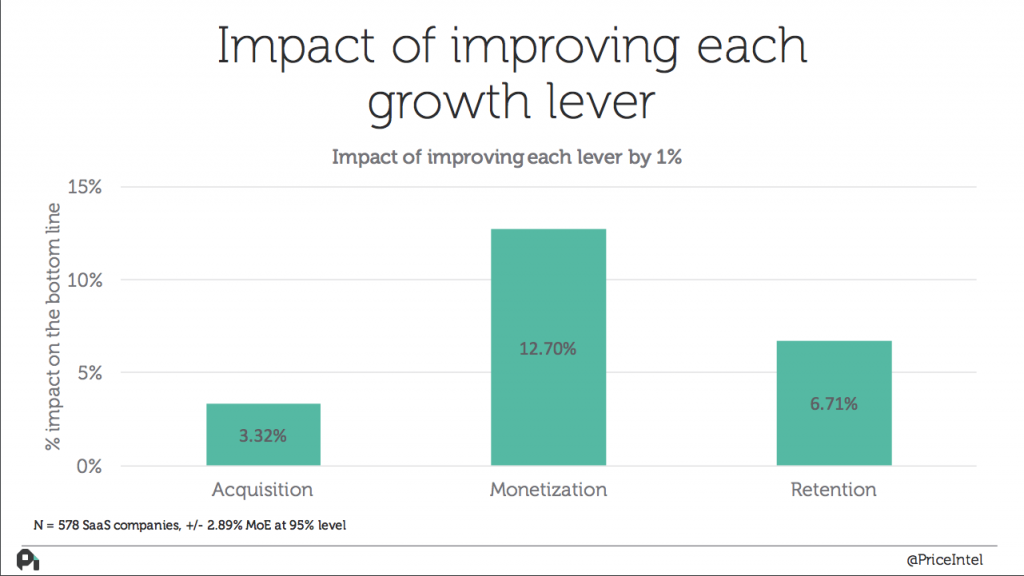At Crowdfund Campus we have always been customer-led. Our Sandpit product was inspired by Keith Heron at Henley Business School and had rigorous testing by Rana Tassebehji and Caroline Parkinson at Bradford School of Management. More recently Francis Green and Natalia Vershinina from Birmingham Business School have provided amazing feedback for future development. Along the way we have continually surveyed all our customers and our community for feedback on the product, it’s development, it’s name, and even how we sell it.
Now we are going one step further, and we are asking our customers to price the product for us. What’s more we are going to document the process in 2 blog pieces and publicise it to the world.
- this one, to share why and how we are doing this
- a second, to share the analysis and the results
It is unusual for a company to be so transparent over its pricing but we do so for good reasons.
- Our goal is to create a generation of graduate entrepreneurs to drive the economy forward. We do this primarily through the software we sell to Universities, but also the support and resources we supply alongside. This is one of those resources.
- Practice what we preach. We preach customer driven market research, problem discovery, development, testing and now pricing. We can’t be afraid to shy away from our philosophy and we should share this with our community.
- Builds trust. Having a transparent and fair pricing process and structure is important to us in a market governed by trust and credibility.
A more accurate pricing model is a faster driver of growth….
At the Business of Software Conference in Boston, MA, I was lucky enough to hear from Patrick Campbell from Price Intelligently. Patrick had some amazing insight into SaaS businesses across the world and his talk highlighted the importance of pricing and even gave me a methodology to approach pricing ‘as a science.’
In a survey of 25,679 blog posts on growth, Price Intelligently discovered that fewer than 10% were focused on monetisation compared to around 80% that discussed acquisition. However by improving retention and monetisation by 1% has 2x to 4x the impact of improving acquisition by the same amount. Not sure what I mean? Here’s the graph from his talk.
These businesses are acquisition obsessed, when monetisation could lead to faster growth.
Patrick’s data was interesting for growing companies, but it also made me think about companies that are still in the start-up stage, still building the company, still testing and iterating and finding product-market fit. What thought have they put into their pricing strategy? My hunch – probably little to none.
How are we conducting our pricing survey?
The obvious concern of a customer-led pricing strategy is that customers will suggest a price for a product which is significantly below it’s value. Although there is some evidence ‘Pay-what-you-want’ schemes, can increase sellers revenues (see “Pay what you want: a new participative pricing mechanism” by JY Kim; M Natter; M Spann (January 2009 ) we are not allowing customers to pay what they want, but rather using customer feedback to inform our decision making process. By following the Price Intelligently methodology, we believe we can find a more accurate pricing model and price points.
Price Intelligently Methodology
- Relative Preference Analysis – Statistical methodology to measure preferences for features, intention, and value propositions.
- Price Sensitivity Analysis – Proven model for gauging customer’s willingness to pay and price sensitivity.
- Experimental Design – Properly Segmenting and breaking down the data
Having already conducted a rather primitive ‘relative preference analysis’ we will be focusing on point 2 of the Price Intelligently methodology.
We are asking these 4 questions (adapted for our purpose):
At what (per user) price point does SANDPIT become too expensive that you’d never consider purchasing it?
Price – £ /user
At what (per user) price point does SANDPIT start to become expensive, but you’d still consider purchasing it?
Price – £ /user
At what (per user) price point does SANDPIT look like a really good deal?
Price – £ /user
At what (per user) price point does SANDPIT look too cheap that you question the quality of it?
Price – £ /user
We are putting these questions to our customers, prospects, and even the leads that have rejected our proposition in the past. Finally I want to open it up to you, our reader.
Are you a lecturer in a University that is interested in bringing a practical learning experience on Entrepreneurship into your module?
Have your say on our pricing.
Go to sandpit.cc for more information on the proposition and then send your responses to the questions above to henry@crowdfundcampus.com






Leave a Reply